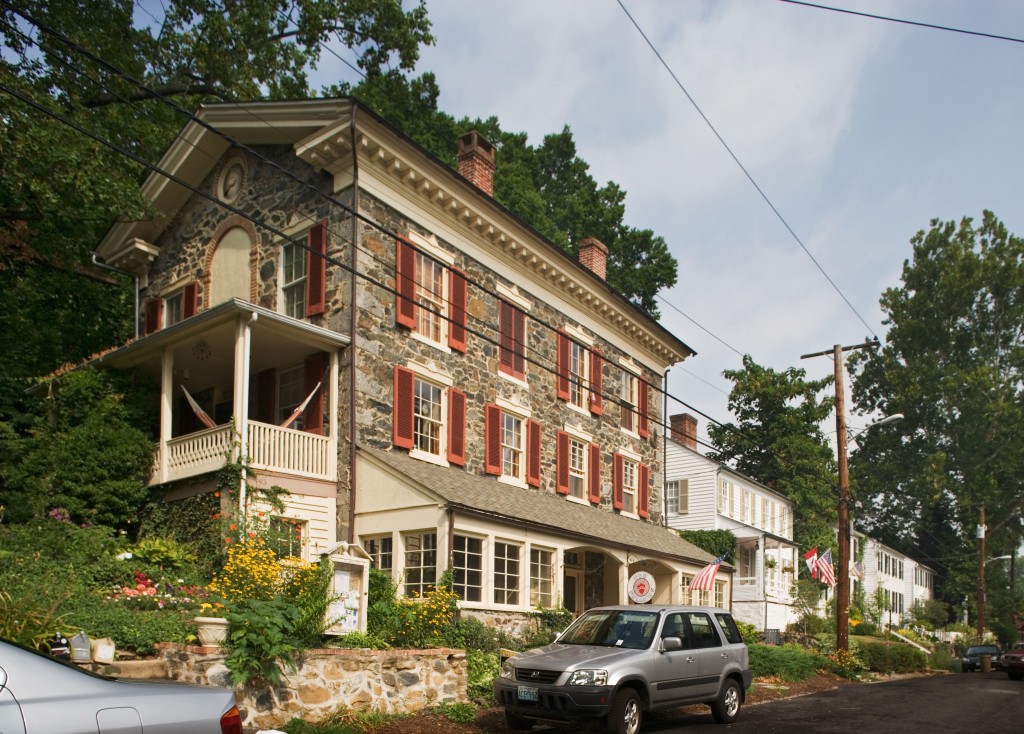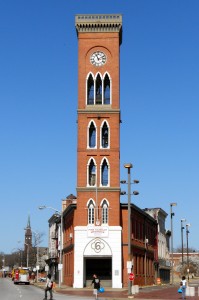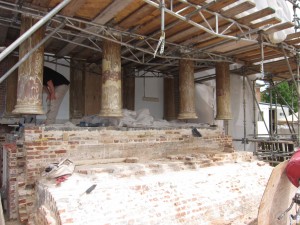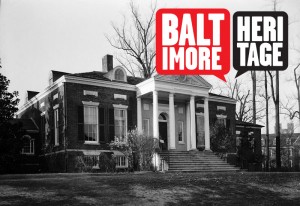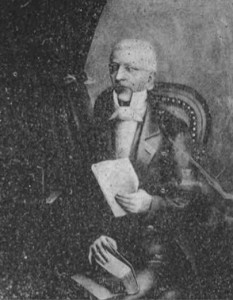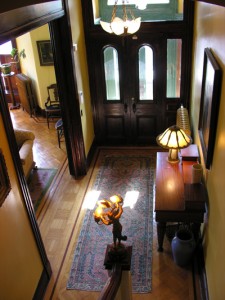Baltimore Heritage’s Behind the Scenes Tours Program is celebrating 5 years and over 100 tours of sites throughout Baltimore with a guided house and village walk in Dickeyville. Please join us for this fundraising event to learn about one of Baltimore’s oldest communities, peek inside a few private homes, and ensure the tours can keep going strong for years to come.
House and Village Tour in Dickeyville
Saturday, September 8, 2012
4:00 to 5:30 p.m.
2411 Pickwick Rd (Baltimore 21207)
$25 for members / $35 for non-members
RSVP today and bring a friend!
 The Gwynns Falls first saw industrial development as early as the late 1700s and, by 1808, the small industrial village began to form around an early paper mill along the water where Dickeyville sits today. Although few of these early stone structures remain, the village endured and grew in the mid 1800s when the Wethered Brothers, owners of the mills, began building homes for their workers and made other improvements for the community. The Wethered’s sold off small lots to private owners, many of whom built their own houses along with public buildings such as a fraternal hall, a general store, and churches. The diversity of worker housing and industrial buildings created over time resulted a uniquely diverse architecture that is at the heart of the historic village’s captivating character today.
The Gwynns Falls first saw industrial development as early as the late 1700s and, by 1808, the small industrial village began to form around an early paper mill along the water where Dickeyville sits today. Although few of these early stone structures remain, the village endured and grew in the mid 1800s when the Wethered Brothers, owners of the mills, began building homes for their workers and made other improvements for the community. The Wethered’s sold off small lots to private owners, many of whom built their own houses along with public buildings such as a fraternal hall, a general store, and churches. The diversity of worker housing and industrial buildings created over time resulted a uniquely diverse architecture that is at the heart of the historic village’s captivating character today.
In the 1930s, however, the isolated mill village was rocked by change thanks to the start of the Great Depression and the introduction of electrified industrial facilities that brought older mills like those on the Gwynns Falls to a stop. In 1934, the entire stock of buildings was sold at auction and bought by a group called the Title Holding Company. The new owners hired Palmer and Lambden, noted local architects from the Roland Park Company, to build new houses and renovate existing ones, using the Roland Park Company as its sales agent. A rush of new residents decided they wanted their community to resemble an English village in design and name – making Dickeyville one of Baltimore’s earliest attempts at historic restoration. The new homeowners added many historic details such as gaslamps, Belgian Block gutters, and picket fences, and gave their streets names evoking another era – like Pickwick Road named for an English village.
Dickeyville residents have worked hard for several generations to maintain and build from the village’s historic buildings and character. Standing in the center of the community today, you might swear you were in the middle of an 19th century village in the Cottswalds. Please join our hostess, Patricia Hawthorne, and resident tour guide Mike Blair for a short stroll around the village and a look inside three private homes: with hosts Elizabeth and Steven Sfekas, Leslie and Bruce Greenwald, and Patricia Hawthorne.

